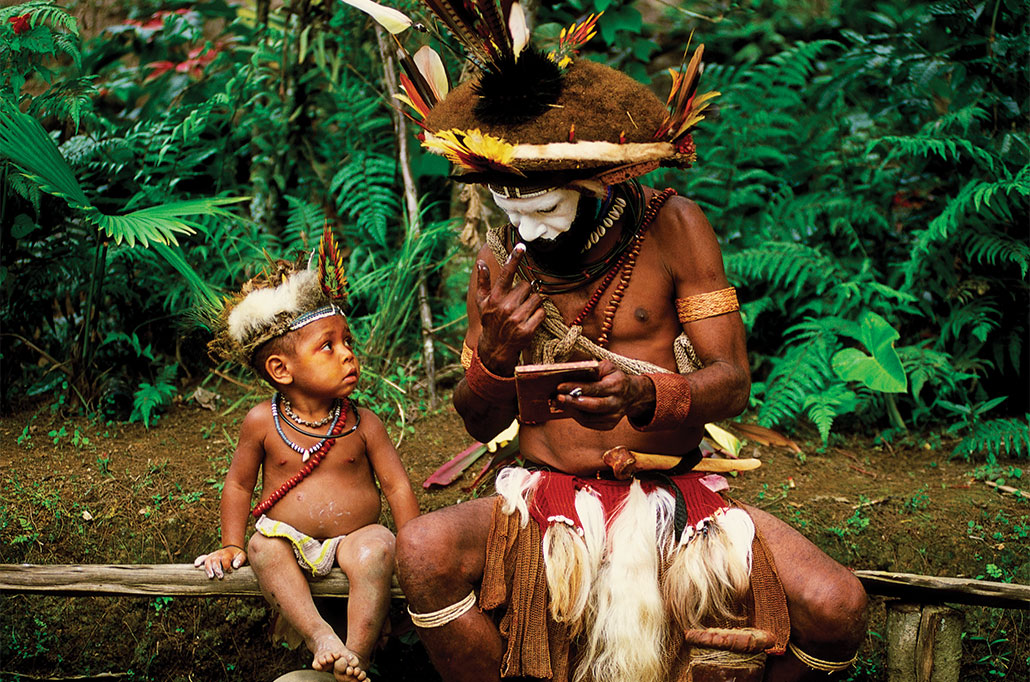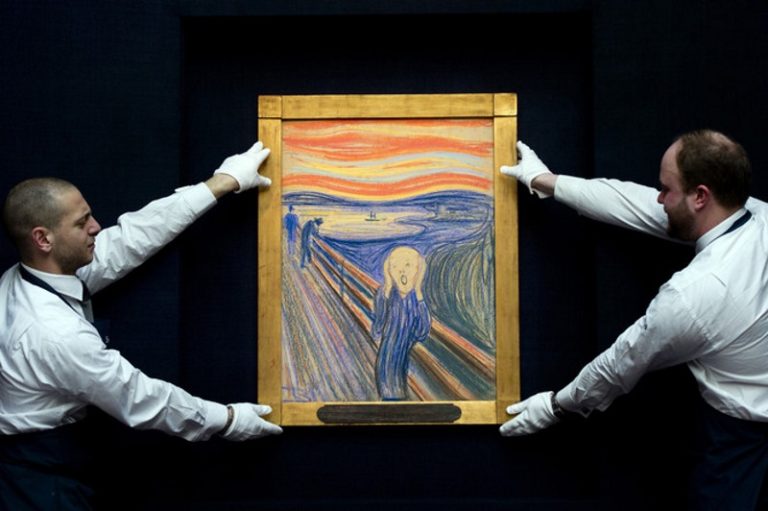Hidden Worlds: The Last Uncontacted Tribes on Earth
Scattered across the most remote corners of our planet, there still exist people untouched by the modern world — isolated tribes who have preserved ways of life that vanished elsewhere centuries ago. For anthropologists, these groups offer a living window into humanity’s ancient past, revealing how culture, survival, and identity evolved before globalization reached every shore.
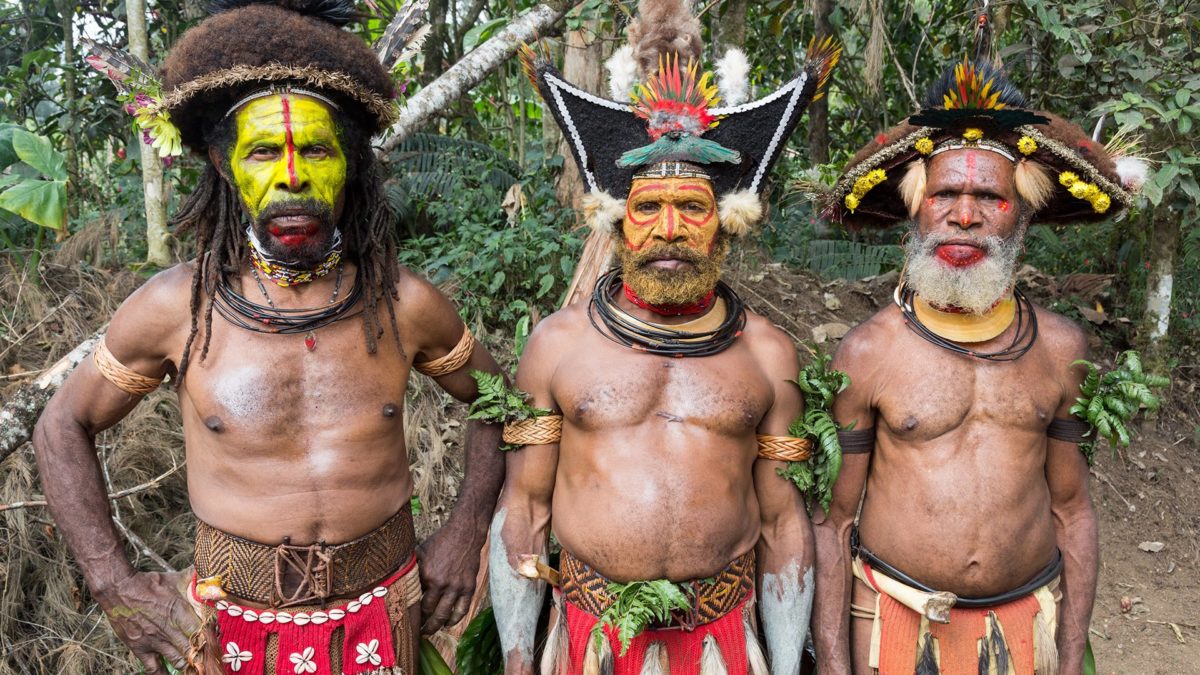
Huli Wigmen – The Highlands of Papua New Guinea
In the misty Tari Highlands of Papua New Guinea, the Huli Wigmen are known for their extraordinary wigs — crafted entirely from their own hair. Men grow and style their locks into elaborate headdresses, sometimes selling them to others within the tribe. Their striking look, enhanced with bright yellow face paint, leaf aprons, and belts of woven braids, is meant to intimidate rival clans. During ceremonies, they perform dramatic dances inspired by the movements of the island’s paradise birds.
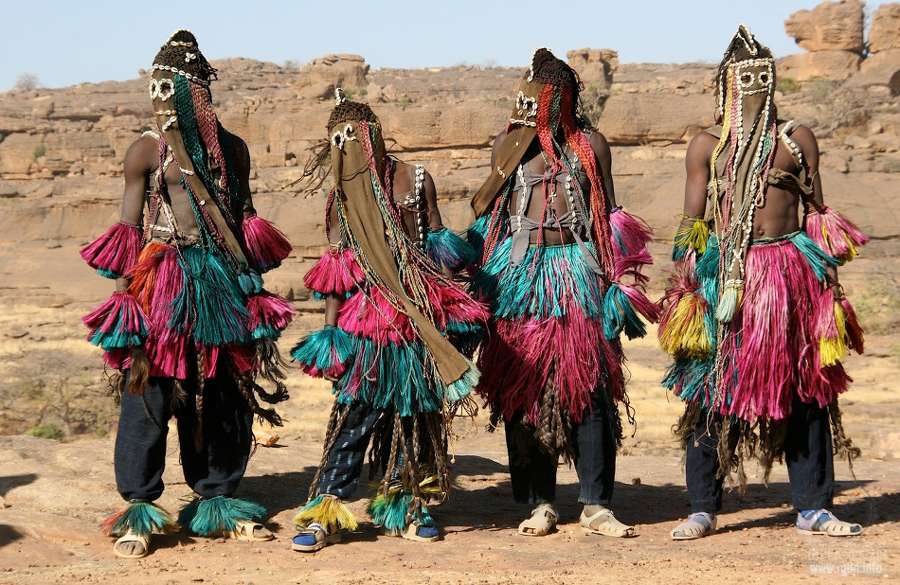
The Dogon – Mali, West Africa
Clinging to the sheer cliffs of Bandiagara, the Dogon people have adapted to one of the harshest environments on Earth. Using ropes made from baobab bark, men scale the towering rock faces to collect bat and pigeon droppings used as fertilizer, as well as ancient artifacts sought by Western collectors. Around 400,000 Dogon live in 700 small villages stretching along 200 kilometers of cliffside, maintaining their distinct language, art, and spirituality.
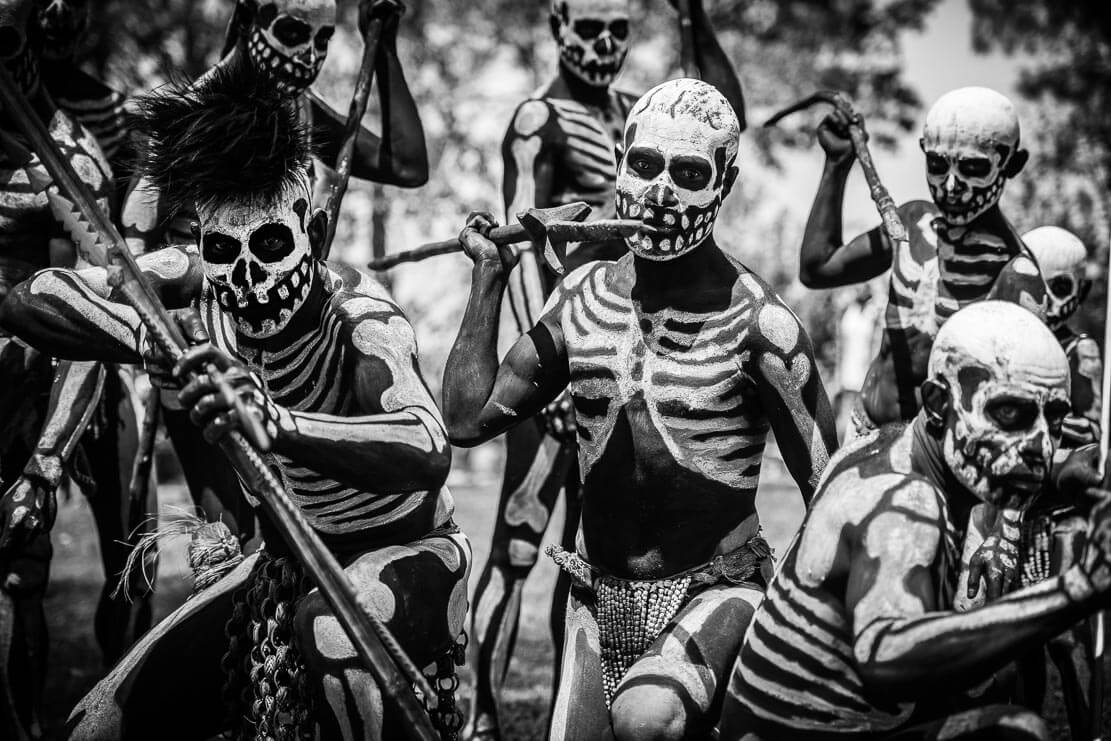
The Skeleton Dancers – Chimbu Province, Papua New Guinea
Deep in the rugged valleys of the Chimbu region live tribes whose warriors paint their bodies like skeletons — a terrifying vision meant to ward off invaders. Their isolated mountain lifestyle has preserved many mysteries: the tribes live in separate men’s and women’s houses, though family living is slowly becoming more common. These haunting “Skeleton Dancers” perform rituals that embody both strength and ancestral connection.
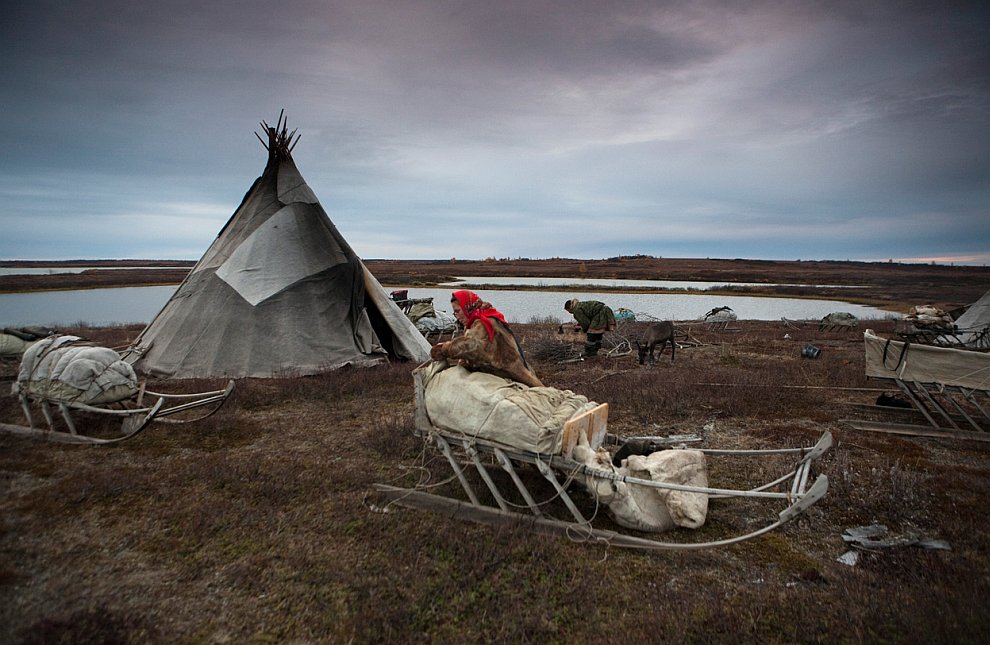
The Nenets – Yamal Peninsula, Siberia
In the frozen tundra of northern Russia, the Nenets people endure some of the planet’s most brutal conditions. About 10,000 of these nomads herd 300,000 reindeer across 1,100 kilometers each year, braving temperatures that drop to -50°C. They travel on sleds coated with fresh reindeer blood to prevent freezing. Despite the encroachment of oil and gas industries since the 1970s, the Nenets have managed to adapt while preserving their ancient migratory traditions.
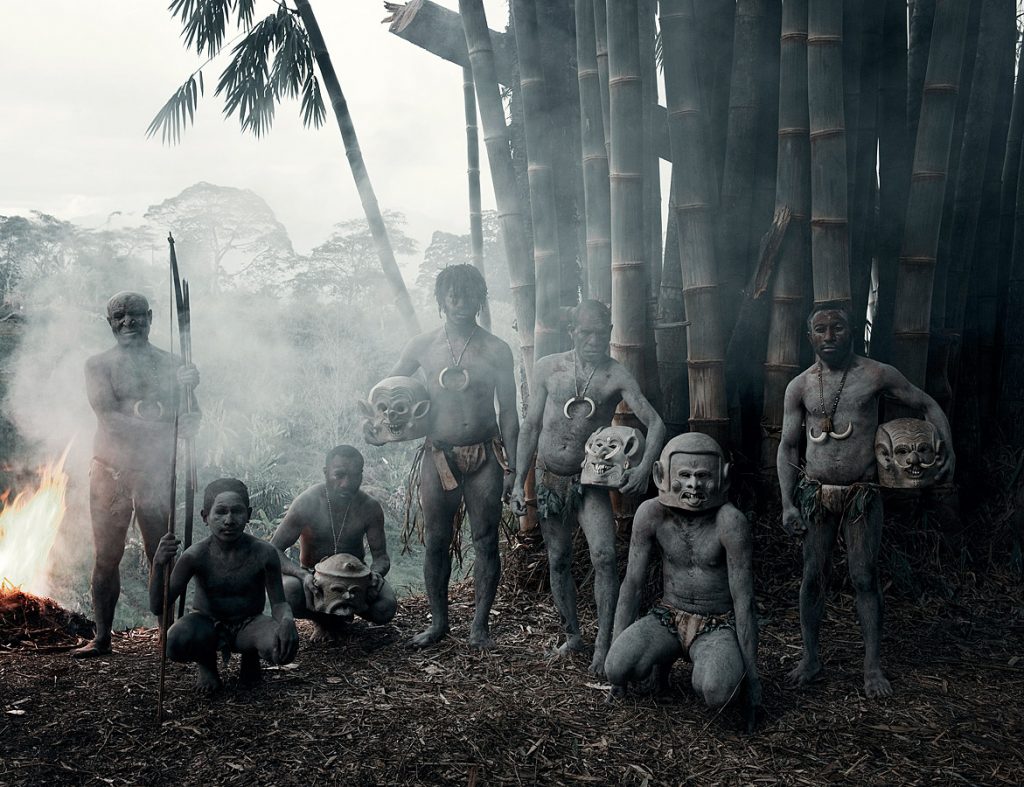
The Asaro “Mudmen” – Goroka, Papua New Guinea
The Asaro people coat themselves in clay and wear eerie, ghostlike masks — a tradition born from the belief that appearing as spirits would frighten their enemies. Hidden in the mountains of Goroka, they were unknown to the outside world until about 75 years ago. Their haunting rituals remain a symbol of cultural resilience and spiritual protection.
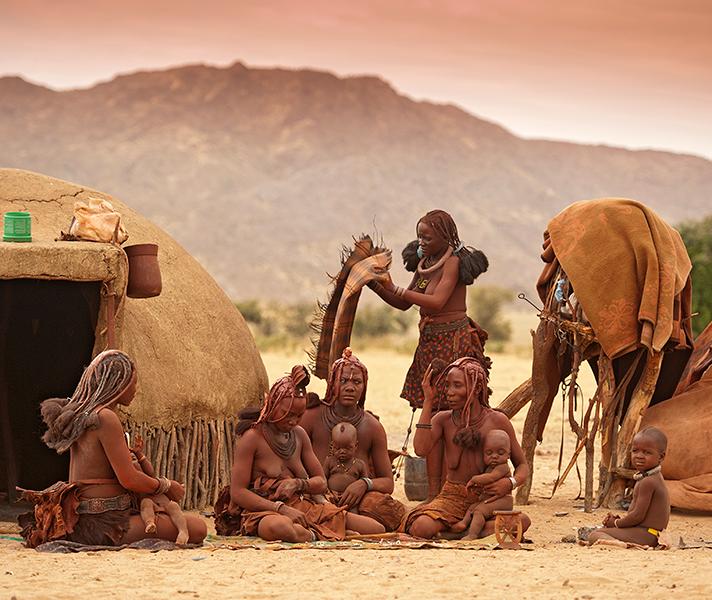
The Himba – Namibia and Angola
The semi-nomadic Himba people inhabit the arid plains of northwest Namibia and southern Angola. Their homes are built from mud and cattle dung, and their skin is famously covered in otjize — a mixture of ochre and butterfat that protects against the sun. They maintain an eternal “ancestral fire,” kept burning day and night as a tribute to their god Mukuru. Wealth is measured in cattle, though goats provide their everyday sustenance.

The Bayaka – Central African Republic
Deep within the rainforests of Central Africa live the Bayaka, one of several forest-dwelling tribes in the region. Their rich knowledge of the forest’s plants, animals, and rhythms has sustained them for generations. But today, elders say they struggle to pass down their traditions — as deforestation and outside pressures make it harder to venture deep into their ancestral lands.
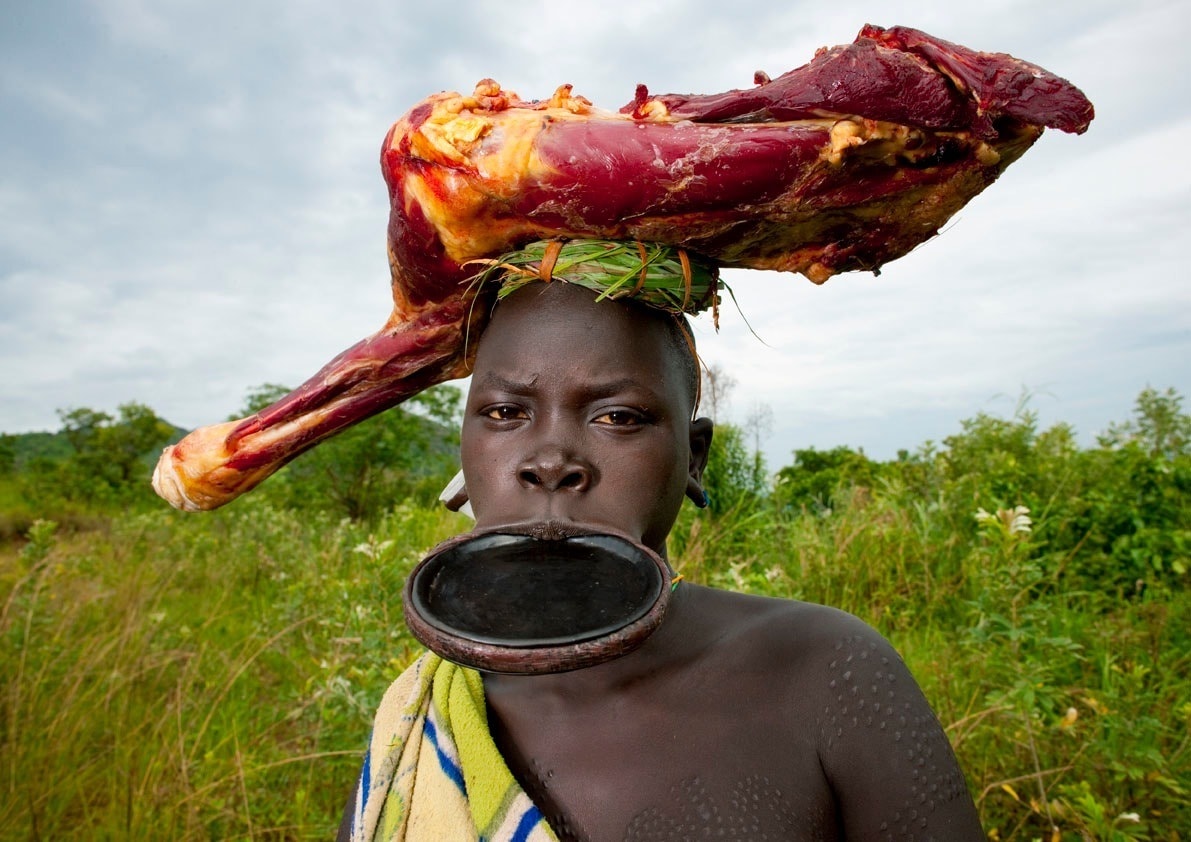
The Surma – Ethiopia
In the remote valleys of Ethiopia, the Surma people have lived for centuries in deliberate isolation. Known in the West for their distinctive lip plates, the Surma have long avoided government contact, preferring their independent, pastoral lifestyle. Traditionally living in small groups of several hundred, they tend their cattle and uphold ancient customs. The first recorded contact with them came only in the late 1980s, when Russian doctors ventured into their territory — earning the tribe’s nickname for them: “The Walking Dead,” inspired by their pale skin.
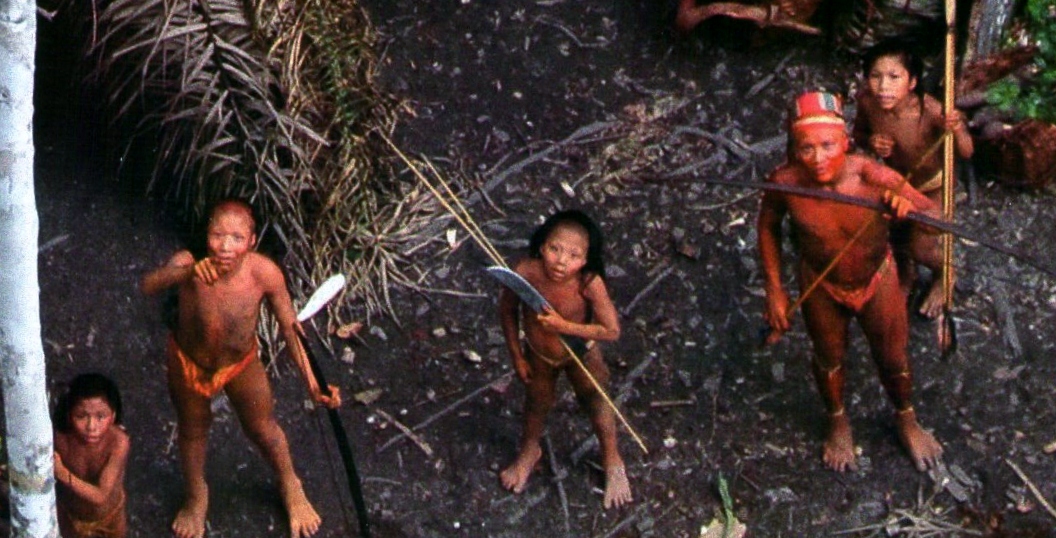
The Sentinelese – Guardians of the Forbidden Island
The Sentinelese, perhaps the world’s most isolated tribe, inhabit North Sentinel Island, located between India and Thailand in the Andaman Sea. Their population is estimated at around 250 people, and virtually nothing is known about their language or customs. Every attempt at contact has been met with fierce resistance — arrows and spears launched toward any outsider who approaches.
When coconuts and other gifts were left on the shore, the islanders ate them — but killed and buried live pigs offered by visitors. Strangely, they eagerly accepted red buckets while ignoring identical ones in green.
Their home remains one of the most forbidden places on Earth. Even National Geographic’s team was forced to retreat after one member was struck by an arrow and two local guides were killed. To this day, the Sentinelese stand as a living reminder of a world untouched — and unwilling to be touched — by modern civilization.


